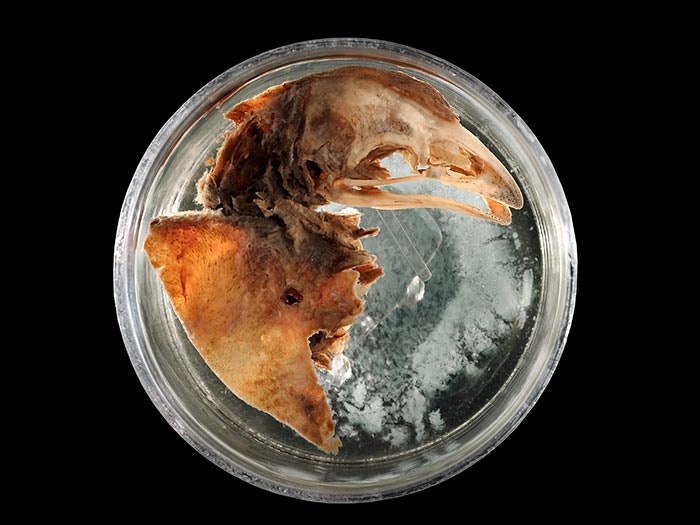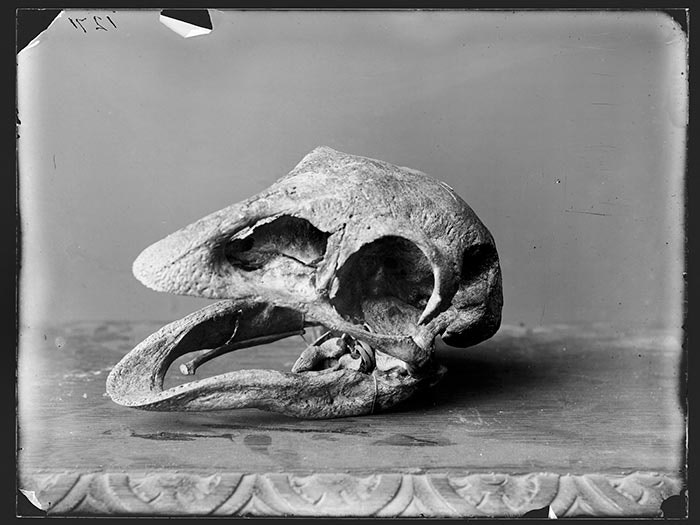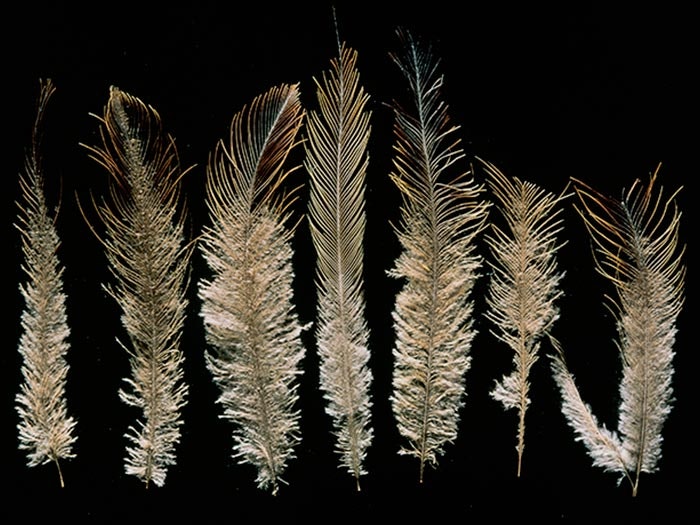
Tuhinga 4, 1995
Morphology, myology, collagen and DNA of a mummified upland moa, Megalapteryx didinus (Aves: dinorthiformes) from New Zealand
P. Vickers-Rich, P. Trusler, M. J. Rowley, A. Cooper, G. K. Chambers, W. J. Bock, P. R. Millener, T. H. Worthy and J. C. Yaldwyn
ABSTRACT: Study of a naturally mummified 600-yr-old Megalapteryx didinus (Owen, 1883) permits description of cranial myology, stapedial morphology, DNA and collagen content of the skin. After rehydration of the head and neck, the structure of nine cranial muscles could be determined, including most of the jaw muscles, the M. orbicularis palpebrarum and the M. dermotemporalis. The postorbital and external jugomandibular ligaments are also described. The stapes is unusual among ratities in that it has a kind in the middle of its shaft, a small basal fossa and no struts. The shaft joins the footplate over a large area, differing distinctly from Apteryx, but most closely approaching Dromaius. Collagen is preserved in the skin and, although severely degraded, appears to have kept its helical configuration and most of its original immunological reactivity. DNA preserved appears to be that of Megalapteryx and not of bacterial origin. It reacted strongly with Apteryx genomic DNA.
Morphology, myology, collagen and DNA of a mummified upland moa, ‘Megalapteryx didinus (Aves: dinorthiformes)’ from New Zealand (3.44 MB)

